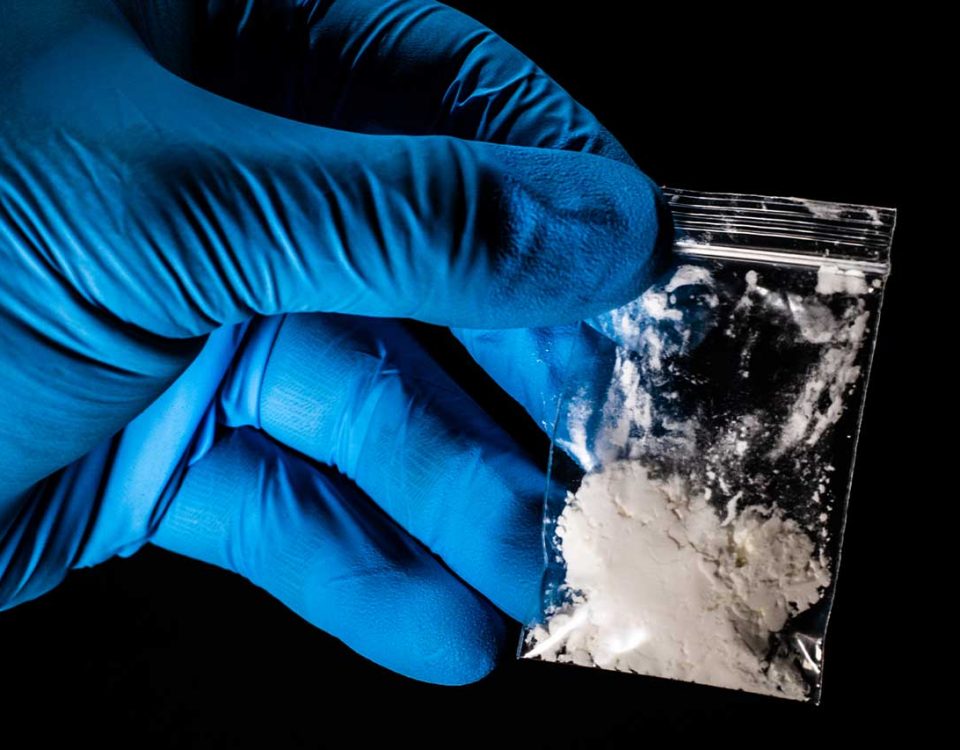The aesthetic of the “heroin chic body” has returned with a vengeance, but at what price? Heroin is a highly addictive opioid that’s commonly sold and purchased on the streets. Often laced with fentanyl and other unknown chemicals, the drug is used for its euphoric side effects. A common side effect of long-term heroin use is reduced appetite, weight loss, and a slender, sickly appearance. Sound familiar? Today, our rehab in Texas is exploring the resurgence of the 90s heroin chic body trend and why it needs to be laid to rest.
What Is Heroin Chic?
The term “heroin chic” refers to a 90s fashion trend popularized in the early 1990s and characterized by pale skin, dark undereye circles, emaciated features, androgyny, and stringy hair, all of which are associated with the use of heroin or other drugs. Heroin chic was coined after the overdose of photographer Davide Sorrenti. One of his models, Gia Carangi, was one of the first supermodels. She was a heroin user that died from AIDS-related complications.
Remnants of her addiction showed up in her photos – with her track marks entirely visible on Vogue’s November 1980 cover. Heroin chic was further characterized by grunge Calvin Klein ads featuring models like Kate Moss and Jaime King, both of whom received praise and recognition for their slender and almost sickly appearances.
See Know Evil, a documentary on the late heroin chic photographer Davide Sorrenti, contributed to a resurgence of this trend. In the documentary, then-U.S. President, Bill Clinton, takes time out of a prayer breakfast to comment on the trend. “You do not need to [glamourize] addiction to sell clothes,” Clinton remarked. “The glorification of heroin is not creative. It’s destructive. It’s not beautiful. It’s ugly. And this is not about art. It’s about life and death. And glorifying death is not good for any society.”
Sorrenti had died three months earlier from heroin-related causes, a drug in which he’d only recently begun to dabble, as well as other underlying health problems. While not much of the drug was found in his blood at the time of his death, Sorrenti’s heroin use would be linked to the heroin chic trend he contributed to for years to come.
Nowadays, heroin chic is akin to “skinny worship,” another growing trend that’s easily seen on social media. While apps like TikTok have done their best to restrict content that could potentially contribute to eating disorders – such as heroin chic – it’s difficult to control the power that celebrities and influencers have in and out of the fashion industry. With the revival of the slim, thin, and petite look of heroin-chic fashion, preventing the glamorization of drug use, eating disorders, and unrealistic body expectations are proving to be challenging.
The Effects of Heroin Chic Culture
The AIDS epidemic peaked during the rise of heroin chic culture, and the use of needles for drug use was known to be dangerous on many levels. However, this didn’t lead to a decrease in heroin use, but rather a different method of administration. Snorting replaced shooting up for many users, as it was an alternative the middle class and wealthy found more appealing and less apparent.
This new method of use, coupled with the idea of heroin chic as trendy, influences the rise of heroin use among a larger subset of the population, leading to an increase in overdoses. Heroin also played a major role in the grunge scene and style, which also encouraged its continued prominence in the counterculture.
Heroin was referenced in numerous songs by bands like Alice in Chains. The drug itself was also commonly used by several popular artists, whose deaths could all be someone related to drug use. These artists include Kurt Cobain of Nirvana (who was addicted to heroin and died of suicide in 1994), Andrew Wood of Mother Love Bone (who died of an overdose in 1990), Jonathan Melvoin from The Smashing Pumpkins (who died of an overdose in 1996), and Mike Starr of Alice in Chains (who died of an overdose in 2011).
Heroin use also made its way into popular movies like Pulp Fiction and Trainspotting. While these weren’t always desirable depictions, films like these brought heroin use to the surface. As the number of heroin-related celebrity deaths rose, including that of “heroin chic photographer” Davide Sorrenti, the trend began to fade into the background.
Heroin Chic Models
As we previously mentioned, Gia Carangi is remembered for being the first heroin chic model and originator of the trend. From there, other models like Kate Moss and Jaime King joined the bandwagon. Although Gia was a heroin user, not all heroin chic models used heroin (such as Kate Moss). Many heroin chic models were pale due to lack of sunlight, thin from undereating, had dark undereye circles from partying rather than sleeping, and appeared unkempt in what’s now referred to as a grunge style.
Unfortunately, despite the fact that heroin is not a requirement for this look, the appearance and name associated with the trend linked it with the drug. Nonetheless, this inadvertently glamorizes substance use as well as eating disorders. While the heroin chic fashion trend was replaced with the “Kardashian” curves that so many sought in the 2010s, we now witness the cycle churning its way back as low-rise jeans, under-eye bags, and smoking make a comeback.
Getting Help for Heroin Addiction
As the opioid epidemic continues to impact the lives of thousands, our Texas recovery center is doing everything we can to help those battling addictions regain their health and sobriety. One of our most effective treatment methods is medically supervised detox.
Our detox programs are led by a medical team, which places patients on a tapering schedule designed to slowly wean them off of drugs. We offer drug-specific detox programs, including detox for heroin, to ensure that each client receives specialized care.
Following detox, patients may then receive heroin addiction treatment and any other treatments that are necessary for their recovery. All of our programs are administered on a residential level of care, which is designed to treat the most severe drug use disorders.
For more information about our Texas drug and alcohol treatment, call Banyan Treatment Centers today at 888-280-4763 or send us your contact information, and we’ll reach out to you.
Source:
Related Reading:









